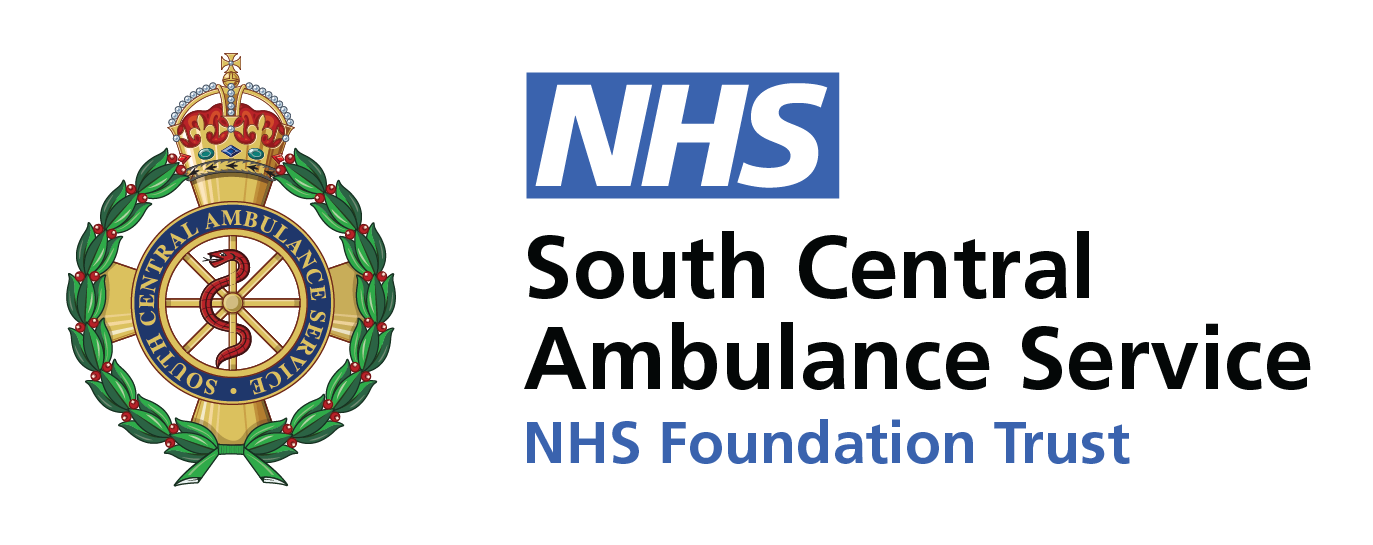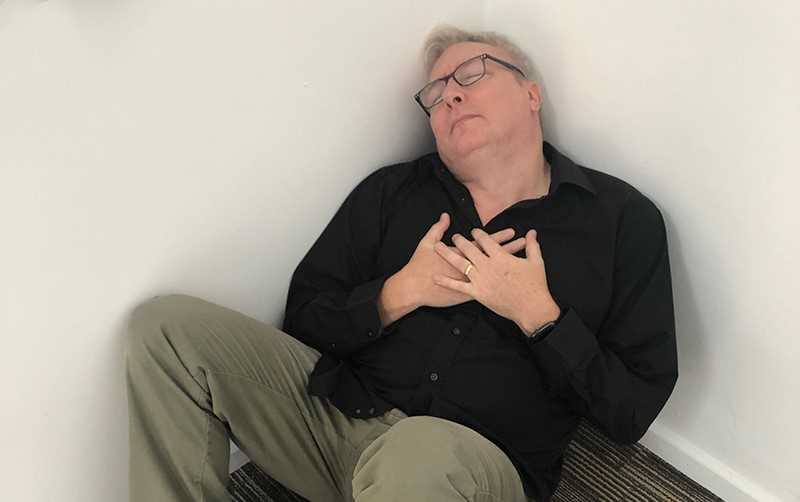Learning some simple skills can save lives. This page is dedicated to knowing what to do if someone is not breathing.
DRSABCD – THE SEVEN STEPS
D – Danger – Make sure you are safe to help. Keep calm and stay in control
R – Response – Shake the shoulders and speak clearly saying “Can you hear me?” or “Are you alright?”
S – Shout for help – Call 999 immediately and ask for an ambulance. If someone else calls, make sure they tell you
A – Airway – Head tilt and chin lift
B – Breathing – Look, listen and feel for up to 10 seconds – Look for the chest rising. Listen for any breath. Feel the breath on your cheek or hand
C – Cardio Pulmonary Resuscitation (CPR) – If not breathing normally, start CPR. CPR is a combination of chest compressions and rescue breathing (mouth-to-mouth resuscitation).
D – If you can access a defibrillator (AED), use it – Stay with the person you are helping until help arrives.
Information for teachers and parents
Public Access Defibrillators
Sudden cardiac arrest remains the UK’s single biggest killer. Public Access Defibrillators (PADs) are lifesaving machines and very easy to use.
Currently in the UK, less than one in ten people survive a cardiac arrest. If we achieved the same survival rates of countries like Norway an additional 100 lives could be saved each week – the equivalent of approximately 5,000 every year.
For schools that would like assistance with purchasing an AED, the Department for Education has negotiated an arrangement with NHS Supply Chain to enable the purchase of AEDs which meet a certain minimum specification at a discount. View the Department of Education AED guide for schools here
We recommend that PADs are placed in an area with a large footfall e.g. a Public Telephone Box, outside a Public House, outside a Village Hall or Community Centre. The options are endless. Please call us on 01869 365 000 and ask for the Defibrillator Team if you have any queries.
Once you have installed your defibrillator and it is ‘response ready’, please download and complete our Registration of AED for save a life app form and return this to defib@scas.nhs.uk. We will ensure our Call Takers are aware of your defibrillator and it is also registered on our Save a Life app.
We are very happy to provide Defibrillator Awareness Training to your local community. The training will include the Recovery Position, CPR, When is a Defibrillator Required and use of the Defibrillator. Please contact us on defib@scas.nhs.uk if you would like to request this training.
If you want to know where your nearest defibrillator is, please download our Save a Life app. The app will provide you with details of your nearest defibrillator depending on your GPS coordinates. You will also be able to see all of the defibrillators that have been registered with ourselves.
To ensure that your defibrillator is publicised on this app, you will have to register your defib with ourselves. You can do this using our PDF Registration Form.
Once your defibrillator is installed and ‘response ready’ you will need to ensure that it is functional on an ongoing basis. Please see our Guardian Checklist for the types of checks you will need to carry out.
Watch the educational video below to see a live demo.

